Kathmandu City, Pasupatinath Temple, Swyambhunath Stupa, Boudhanath Stupa Tour
Set out on a cultural odyssey through Kathmandu City, Pasupatinath Temple, Swyambhunath Stupa, and Boudhanath Stupa, where ancient traditions and spiritual sanctuaries converge. The journey begins amidst the bustling streets of Kathmandu, each corner whispering tales of a bygone era.
As visitors traverse the sacred grounds of Pasupatinath Temple and witness the serene allure of Swyambhunath Stupa, a sense of tranquility envelops the soul. Boudhanath Stupa stands as a beacon of cultural significance, inviting exploration.
Stay tuned to uncover the hidden gems and immersive experiences that await in this captivating exploration of Nepal’s cultural heart.
Key Points
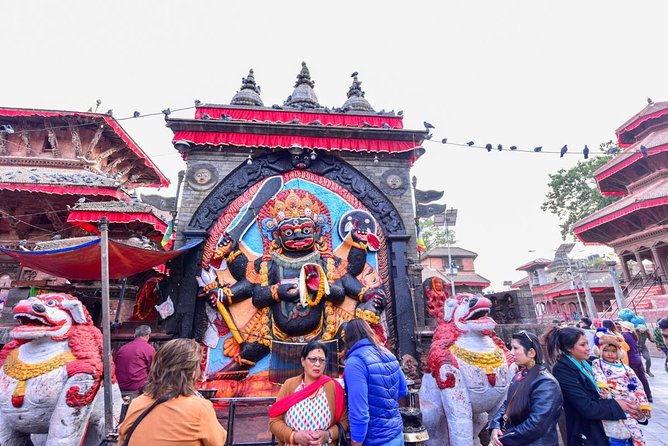
- Experience the blend of ancient traditions and modern influences in Kathmandu City.
- Explore the spiritual essence at Pasupatinath Temple with its intricate architecture and rituals.
- Discover the rich religious and cultural heritage at Swyambhunath Stupa.
- Immerse in daily rituals and blessings at Boudhanath Stupa, symbolizing peace and harmony.
Here's some more nearby activities we've reviewed
Kathmandu City Overview
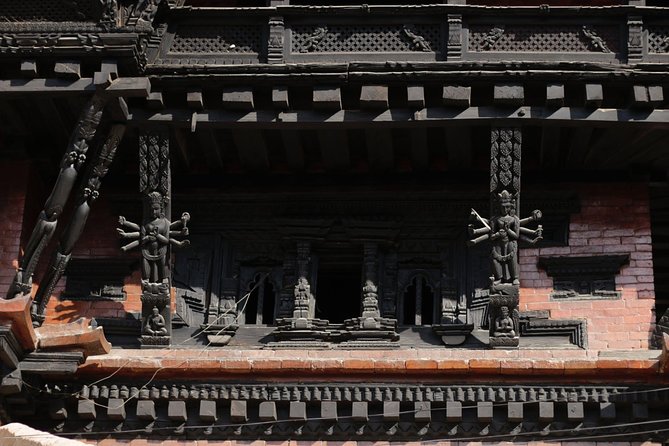
Nestled in the heart of Nepal, Kathmandu City pulsates with a vibrant blend of ancient traditions and modern influences, making it a captivating destination for travelers seeking culture.
The city highlights include Durbar Square, a UNESCO World Heritage Site brimming with temples, palaces, and courtyards that showcase Newari architecture.
Stroll through the bustling streets lined with colorful markets, where the scent of spices mingles with the sound of temple bells. Cultural experiences abound in Kathmandu, from traditional music and dance performances to hands-on cooking classes where visitors can learn to prepare authentic Nepalese dishes.
Explore the city’s rich history at museums like the Patan Museum, which houses a stunning collection of Hindu and Buddhist art.
Pasupatinath Temple History
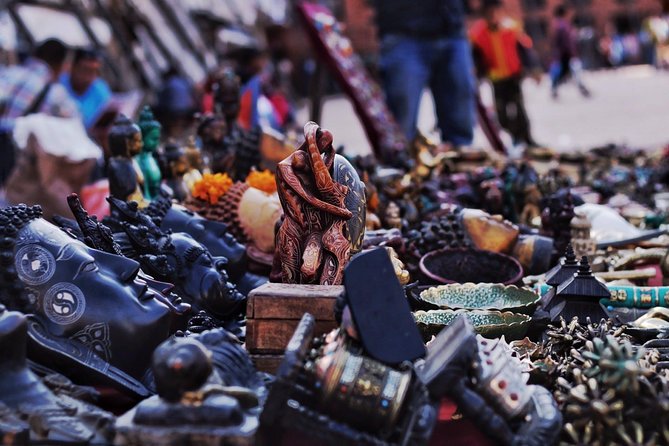
With a history dating back centuries, the Pasupatinath Temple stands as a revered symbol of Hindu spirituality and architectural grandeur in Kathmandu. The temple’s architecture showcases intricate wood carvings, pagoda-style roofs, and silver doors, all reflecting traditional Nepalese craftsmanship. It is a hub for religious practices, with devotees offering prayers, conducting rituals, and cremating their deceased along the sacred Bagmati River. The temple complex, sprawling over 264 hectares, includes shrines, statues, and courtyards that provide a serene space for contemplation and worship. Visitors can witness Sadhus, Hindu holy men, adorned in vibrant attire, adding to the spiritual ambiance of the temple grounds.
| Temple Features | Description |
|---|---|
| Architectural Style | Pagoda-style roofs, intricate wood carvings, silver doors |
| Religious Significance | Hub for prayers, rituals, and cremation practices |
| Size | Sprawling over 264 hectares, includes shrines, statues, and courtyards |
Swyambhunath Stupa Architecture
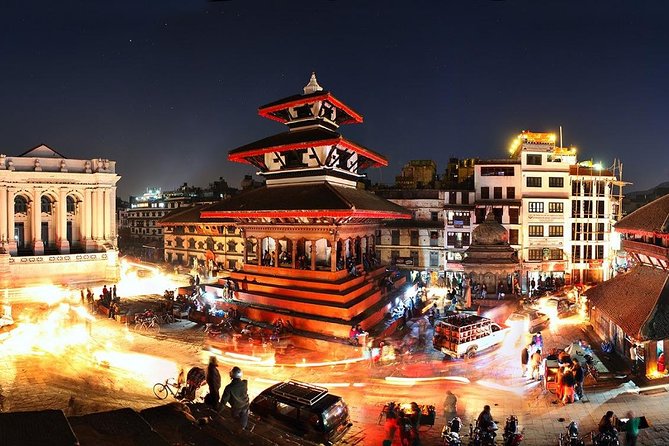
Perched atop a hill in Kathmandu, the Swyambhunath Stupa boasts a distinctive architectural style that blends elements of Buddhism and Hinduism, making it a significant cultural landmark in the region. The stupa symbolism is evident in its dome shape symbolizing the world, the 13-tiered spire representing the thirteen stages to enlightenment, and the eyes of the Buddha overlooking all four directions symbolizing his all-seeing presence.
Architectural details include intricate carvings, prayer wheels, and colorful prayer flags adorning the stupa. The harmony between the two religions is reflected in the design, with Hindu deities also depicted around the stupa. Swyambhunath Stupa stands as a testament to the rich religious and cultural heritage of Nepal, attracting visitors from all over the world.
Boudhanath Stupa Cultural Significance
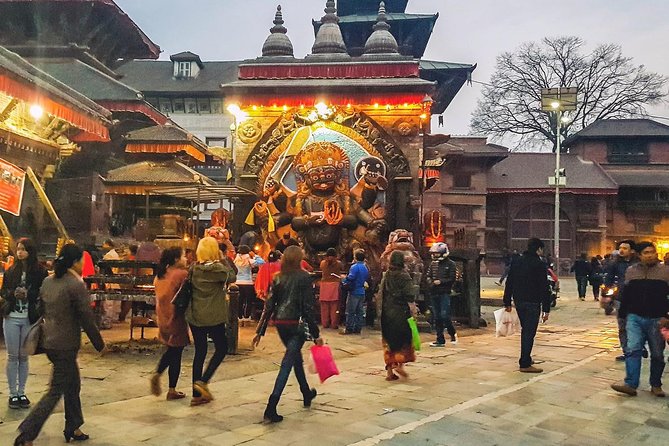
The cultural significance of Boudhanath Stupa in Kathmandu shines through its intricate architecture and deep spiritual symbolism. The stupa isn’t only a magnificent sight to behold but also holds great importance in the local community. Here are some key aspects that highlight its cultural significance:
-
Stupa Rituals: Daily rituals and prayers performed by both locals and visitors create a serene and spiritual atmosphere around the stupa.
-
Local Beliefs: The stupa is believed to bring peace, harmony, and blessings to those who circumambulate it in a clockwise direction.
-
Architectural Symbolism: The design of the stupa represents the five elements, reflecting the interconnectedness of all living beings with the universe.
Best Time to Visit Kathmandu
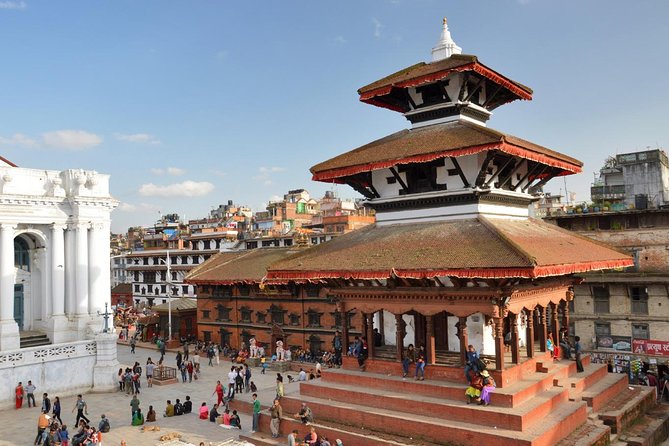
Immersing oneself in the cultural tapestry of Kathmandu can be heightened by choosing the optimal time to explore this vibrant city. Understanding the weather patterns is crucial when planning a visit.
The best time to visit Kathmandu is during the spring months of March to May and the autumn months of September to November. During these periods, the weather is pleasant with clear skies, making it ideal for outdoor activities and sightseeing. Plus, these months experience a moderate tourist influx compared to the monsoon season, allowing for a more immersive and enjoyable experience without the crowds.
Tips for Exploring Pasupatinath
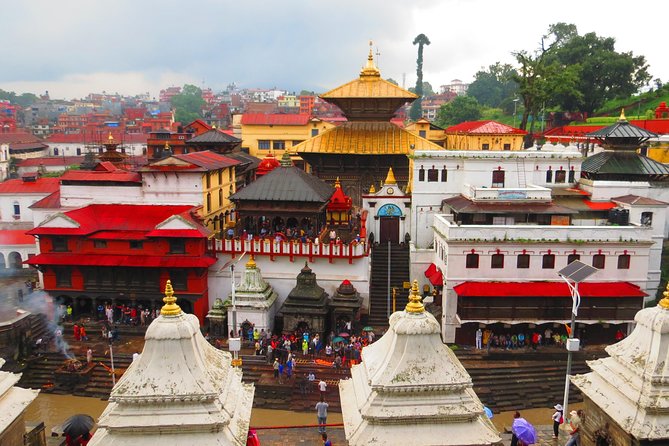
For a truly enriching experience at Pasupatinath, visitors should consider engaging with local guides who can provide fascinating insights into the history and significance of this sacred temple complex. When exploring Pasupatinath, here are some essential tips to make the most of your visit:
-
Exploring Rituals: Observe the ancient rituals performed by Hindu priests along the Bagmati River, gaining a deeper understanding of the religious practices at Pasupatinath.
-
Photography Techniques: Capture the intricate details of the temple architecture and the spiritual ambiance by experimenting with different angles and lighting techniques for stunning photographs.
-
Respectful Behavior: Show respect for the sacred site by dressing modestly, following local customs, and refraining from photography in sensitive areas to ensure a harmonious experience.
Souvenirs to Buy in Boudhanath

Consider browsing through the vibrant stalls lining the streets of Boudhanath to discover unique souvenirs that capture the essence of Nepalese culture and traditions. Boudhanath is a treasure trove for those seeking authentic local handicrafts, such as intricate Thangka paintings, colorful prayer flags, and hand-carved wooden masks.
These items not only make fantastic keepsakes but also support the local artisans and their craftsmanship. Plus, traditional jewelry like silver earrings, turquoise necklaces, and brass bracelets can be found in abundance, each piece telling a story of Nepal’s rich cultural heritage.
Whether you’re looking for a small trinket or a meaningful gift, the souvenirs from Boudhanath are sure to hold a special place in your heart.
Here's a few more nearby tours and experiences we have reviewed.
- Kathmandu: City Flavors Guided Walking Tour
- Spiritual Nepal: Expert Insight Into Hinduism and Buddhism
- Experience Luxury Travel: Pokhara to Kathmandu by Sofa Bus
- From Kathmandu: Nagarkot Panoramic Day Hike With Lunch
- Kathmandu: Private One Day Nagarkot Sunrise and Hiking Trip
- From Kathmandu: Nagarkot Tour Package 1 Nights 2 Days
Common questions
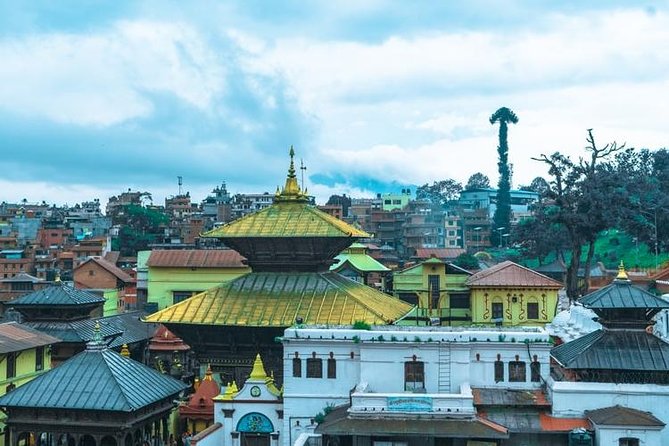
Is There a Specific Dress Code or Attire That Visitors Should Follow When Visiting These Religious Sites in Kathmandu?
When visiting religious sites, visitors should adhere to a specific dress code and show respect for the sacredness of the place. Proper attire, such as covering shoulders and legs, is often required to maintain the sanctity of these locations.
Are There Any Specific Cultural Practices or Customs That Tourists Should Be Aware of When Exploring These Sites?
When exploring these sacred sites, travelers should respect cultural etiquette, sacred rituals, and local customs. Be mindful of religious practices such as removing shoes, dressing modestly, and refraining from photography in certain areas.
Are There Any Restrictions on Photography or Videography at Kathmandu City, Pasupatinath Temple, Swyambhunath Stupa, and Boudhanath Stupa?
Photography and videography restrictions vary at these cultural sites. Visitors should check for posted signs or ask local authorities for guidelines. Respecting these rules helps preserve the sanctity and privacy of these sacred places.
Are There Any Local Festivals or Events That Take Place at These Sites, and How Can Tourists Find Out More Information About Them?
Local festivals and events at these sites showcase vibrant traditions. Tourists seeking event schedules and cultural insights can inquire at local tourist information centers. They can also learn about traditional attire, photography restrictions, accommodations, and dining options.
Are There Any Nearby Accommodations or Restaurants That Are Recommended for Visitors Exploring These Sites in Kathmandu City?
For accommodation recommendations, there are various guesthouses and hotels near these sites. Visitors can explore nearby restaurants offering authentic Nepali cuisine. Local eateries provide a taste of traditional flavors, adding to the cultural experience.
Here's more of our most recent tour reviews happening neaby
- Hindu Holy Tour
- Chitlang Markhu Guided Hiking and Overnight Tour
- Cultural Tour Arouind Kathmandu With Authentic Nepali Lunch
- Kathmandu-Chisapani – Nagarkot Trek 3 Days
- Nagarkot Dhulikhel Day Hiking
- Half Day Shivapuri Bird Watching Tour
- Kathmandu Valley Full Day Tour
- Upper Mustang Trekking
- 5 Days Chisapani Nagarkot Trek (Family Trekking)
- From Kathmandu: Delhi & Taj Mahal Trip
- Changunarayan Nagarkot Day Hiking Tour From Kathmandu
Last Words
Enjoy the spiritual and historical wonders of Kathmandu City with a tour of Pasupatinath Temple, Swyambhunath Stupa, and Boudhanath Stupa. Each landmark offers a unique insight into Nepal’s rich culture and traditions, making it a truly unforgettable journey.
Don’t miss the chance to explore these iconic sites and experience the beauty and serenity they have to offer. Plan your visit today and embark on an adventure like no other in the heart of Nepal.